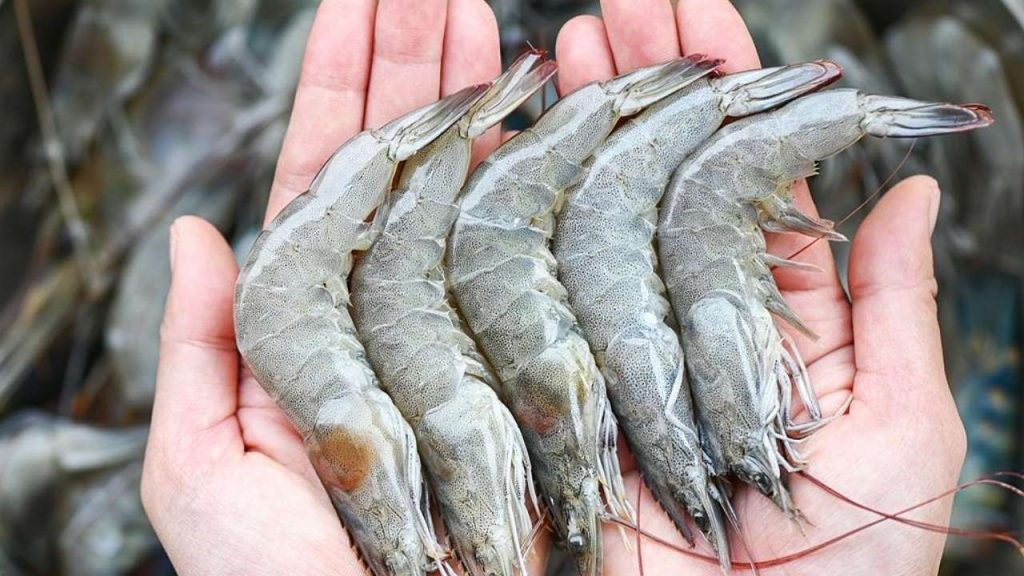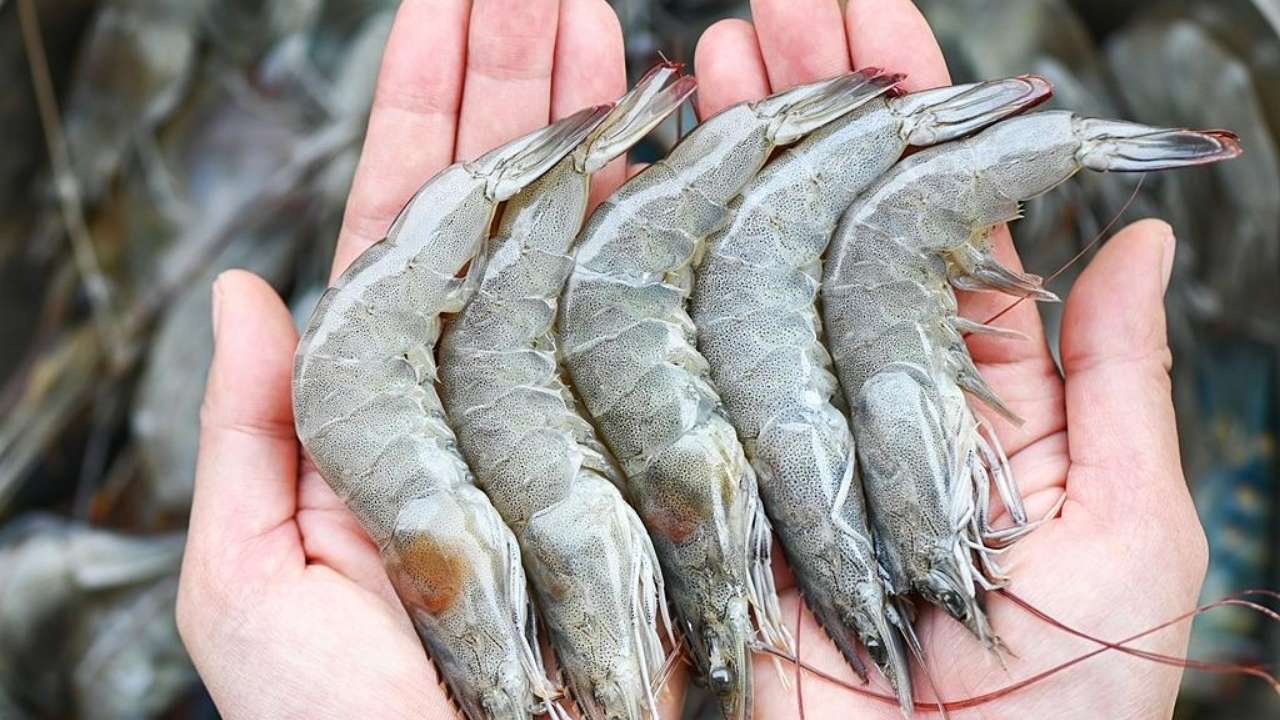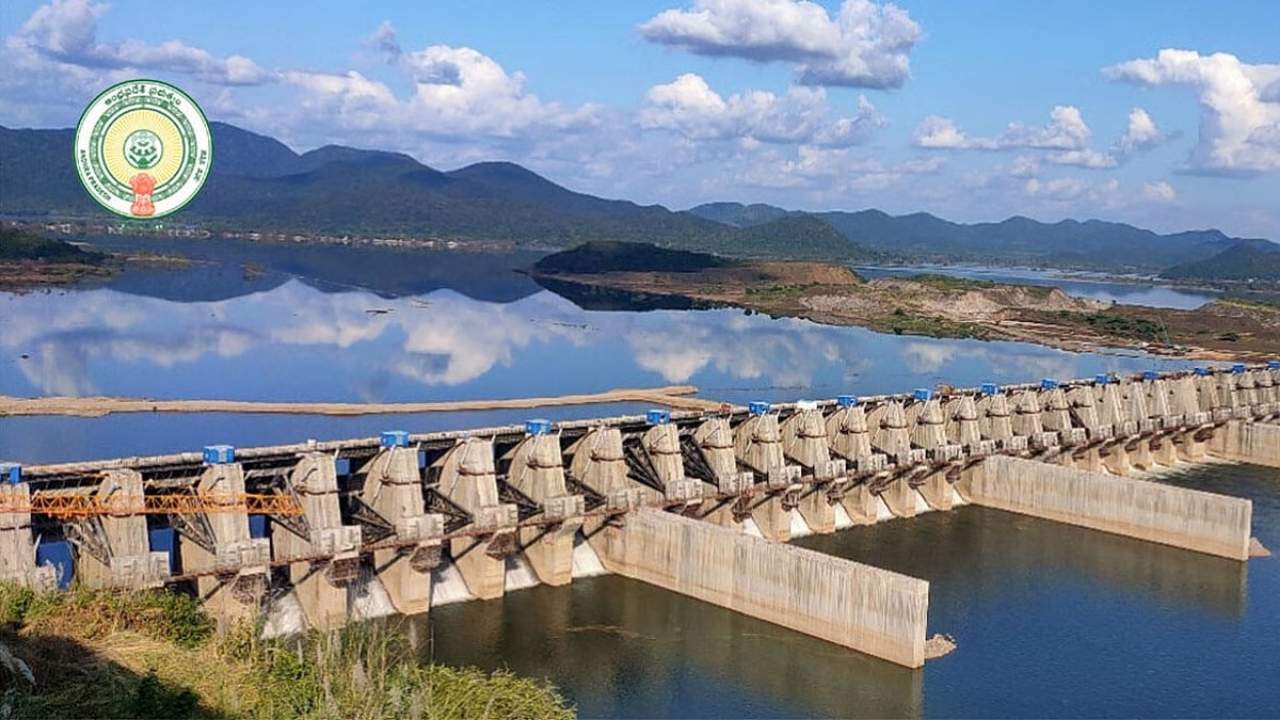The fishing and shrimp farming industry in Odisha, India, is facing a serious challenge due to the recent increase in tariffs on Indian seafood exports by the United States. This new move by former President Donald Trump has caused significant disruptions, particularly to the livelihoods of local fishermen, hatcheries, and exporters who rely heavily on the American market. With tariffs reaching up to 50%, many within the industry are struggling to remain afloat.

But what exactly is happening, and how can those affected by this crisis adjust or seek relief? This article takes a deep dive into the impact of the tariff raise on Odisha’s fishermen, the seafood export industry, and what solutions are being explored to overcome this challenging situation. Whether you’re directly involved in the industry or just curious about the broader economic implications, we will walk you through the facts, stats, and potential next steps in a clear and actionable way.
Odisha Fishermen Struggle as Trump’s Tariff
| Topic | Details |
|---|---|
| Industry Affected | Odisha’s shrimp farming and seafood exports |
| Main Export | Vannamei shrimp, primarily for the U.S. market |
| Impact of Tariffs | U.S. imposes a 25% additional tariff, raising the total tariff to 50% |
| Financial Impact | Potential losses of $170 million in 2024-25 |
| Percentage of Odisha’s Exports to U.S. | 30% of total shrimp exports |
| Response | Seeking tariff relief from the Indian government, exploring other markets |
| Potential Solutions | Expanding to China, Japan, Europe, and West Asia |
| Sources | Economics Times, Fishery Nation |
The rising tariffs on Indian seafood exports, particularly from Odisha, have created a challenging situation for local farmers, exporters, and fishermen. With immediate relief from the government and efforts to explore new markets, Odisha’s shrimp industry might have a fighting chance. However, the road to recovery will require patience, strategic adjustments, and collaboration between the industry and government. By staying informed, and working together, Odisha’s seafood industry can weather this storm and continue to thrive in the years ahead.
Introduction: Odisha’s Shrimp Industry Under Siege
For Odisha, one of India’s leading seafood exporters, the consequences of President Donald Trump’s trade policies have been tough. In an aggressive move against countries like India, the U.S. has slapped a hefty 50% tariff on Indian seafood imports, a significant rise from previous duties. This increase is particularly concerning for Odisha’s shrimp farmers, who export about 30% of their total shrimp production to the U.S.
A particularly vulnerable segment of Odisha’s shrimp industry is the Vannamei shrimp, the state’s most exported seafood, contributing to nearly 99.5% of shrimp sent to the U.S. The financial implications of this tariff raise are staggering. As per experts, Odisha’s shrimp exports, valued at $170 million for the year 2024-25, could face a steep decline unless immediate steps are taken.

What is Happening with U.S. Tariffs?
In simple terms, the U.S. government has imposed an additional 25% tariff on all Indian seafood imports, bringing the total tariff on these goods to 50%. This increase is a part of broader trade policies intended to address trade imbalances and protect American businesses. While the tariff raises apply to various products, seafood exports, especially shrimp, have been among the most affected.
The new tariff rates mean that Indian exporters have to pay an extra fee when shipping products to the U.S. market. This additional cost has led to delays in orders, and many buyers are rethinking their commitments. As a result, prices have skyrocketed, making it more difficult for Odisha’s shrimp farmers and exporters to remain competitive.
Impact on Odisha’s Seafood Industry
A Shrimp-Farming State Struggling to Cope
Odisha is known for its thriving shrimp farming industry, which directly impacts the livelihoods of thousands of fishermen, farmers, and workers in processing units. The state’s shrimp farms rely heavily on international markets, with the U.S. being one of the largest importers.
According to industry reports, over 30% of Odisha’s shrimp exports are directed to the U.S. With the tariff increase, many businesses are finding it difficult to secure orders, as buyers in the U.S. seek cheaper alternatives. The added tariff has created a situation where profit margins are so thin, it makes the export of shrimp to the U.S. almost unfeasible.
The Ripple Effect on Local Communities
The impact of the tariff hike extends beyond businesses and exporters. Local fishermen and aquaculture farmers in Odisha are experiencing financial distress, as orders stall and the cost of doing business rises. These small-scale farmers are especially vulnerable because they operate on tight margins. Processing units, which handle the shrimp before export, are also grappling with reduced demand and uncertain futures.
For many families in coastal Odisha, shrimp farming isn’t just a business; it’s a way of life. So, when export markets take a hit, it can have devastating consequences on local communities, resulting in lost jobs, lower wages, and a shrinking economy.
Exploring Solutions: What Can Be Done?
India’s Response and Potential Relief Measures
In response to the crisis, industry leaders in Odisha have called on the Indian government to negotiate directly with the U.S. to seek relief from the high tariff rates. Government intervention could lead to lower tariffs or even exemptions for certain seafood products, like Vannamei shrimp, that are essential to Odisha’s economy.
Moreover, some industry experts believe that financial assistance from the government, such as subsidies or soft loans, could help struggling exporters cope with the higher tariff costs. These measures would allow businesses to absorb some of the additional expenses, at least in the short term.
New Markets: Can China, Japan, and Europe Fill the Gap?
While the U.S. market is struggling due to tariffs, Odisha’s shrimp exporters are exploring new markets. Countries like China, Japan, and Europe are being eyed as potential trade partners to make up for the losses from the U.S. However, these markets are not without their challenges. Europe’s regulations, for instance, are stringent, and China’s demand for seafood fluctuates, making it harder to establish a steady trade relationship.
Even though these markets show promise, experts note that shifting to new regions will take time. Odisha’s exporters will need to build trust, establish relationships, and meet regulatory requirements in these regions, which could take years to achieve at the scale of U.S. exports.
Key Takeaways for Odisha’s Shrimp Industry
- Tariff Challenges: The 25% tariff hike on Indian seafood exports to the U.S. has made it challenging for Odisha’s shrimp industry to remain competitive.
- Local Impact: Shrimp farmers and local fishermen in Odisha are struggling financially, with many fearing for their livelihoods.
- Government Action Needed: Industry leaders are urging the Indian government to engage in trade talks with the U.S. and offer relief to struggling exporters.
- Exploring New Markets: While there are opportunities in China, Japan, and Europe, adjusting to these markets will take time and effort.
- Long-Term Solutions: Without quick and decisive policy actions, the shrimp industry in Odisha may face a prolonged period of financial instability.
A Village for Every Community: Odisha’s Landmark Decision on 1,635 New Revenue Units
Tribal Women of Kaptipada Stage Unique Protest, Demand Electricity Connection
VSS Airport in Controversy as Director is Accused of Casteist Slurs and Assault
FAQs
Q1: Why are U.S. tariffs affecting Odisha’s seafood exports so badly?
The 50% tariff on Indian seafood exports to the U.S. has made it difficult for Odisha’s shrimp exporters to remain competitive. This has led to delays in orders and lower sales, hurting their financial stability.
Q2: What is Vannamei shrimp, and why is it so important for Odisha?
Vannamei shrimp is a species of shrimp farmed extensively in Odisha. It makes up 99.5% of the state’s seafood exports, with a large portion of it headed for the U.S.
Q3: How can Odisha’s shrimp industry recover from this crisis?
The industry can recover by seeking tariff relief through government negotiations, exploring new markets in countries like China, Japan, and Europe, and adjusting to new market demands.
Q4: What steps is the Indian government taking to support the shrimp industry?
The Indian government is in discussions with the U.S. government to seek tariff relief and explore financial assistance for affected exporters.





